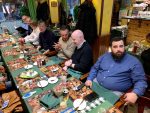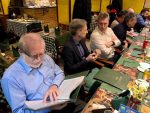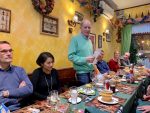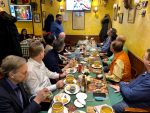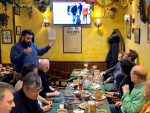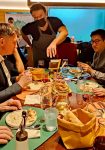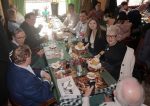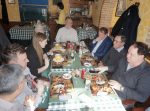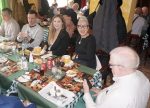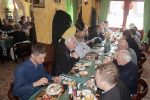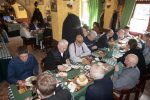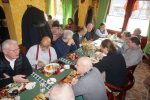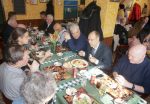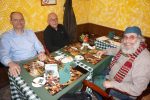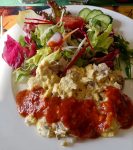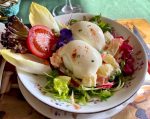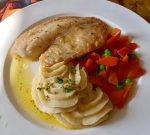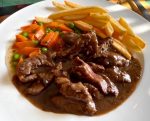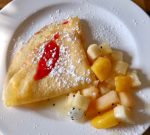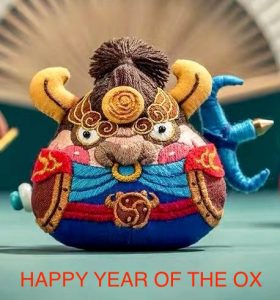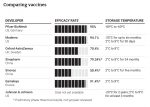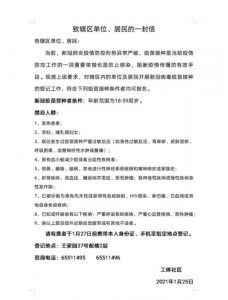Chinese zodiac
Learn here some details and background about 2021 Year of the Ox.
This overview is a compilation from multiple sources.
The name ‘Spring Festival’ (春节 Chūnjié) is actually quite modern: it’s from 1912, when the Republic of China adopted the Gregorian calendar. The old name for the lunar new year (Yuan Dan 元旦 Yuándàn) was re-appropriated for January 1st and Sun Yatsen came up with the term Spring Festival for the Lunar New Year.
The 12-year Chinese zodiac determines which dates and years are auspicious or unlucky. Each lunar cycle has 60 years divided into 12 smaller cycles, each of which is represented by one of the following animals: Rat, Ox, Tiger, Rabbit, Dragon, Snake, Horse, Sheep, Monkey, Rooster, Dog, and Pig.
The Year of Your Animal Sign Is Not Your Lucky Year.
See here my “wishes” for 2021:
-

-
2021 is coming!
-

-
Happy 2021
-

-
Happy Ox!
2021
2021 is the Year of the Ox according to Chinese zodiac. This is a Year of Metal Ox, starting from Feb. 12, 2021 (Chinese New Year) and lasting to Jan. 31, 2022. Ox is the second in the 12-year cycle of the Chinese zodiac sign. Years of the Ox include 1913, 1925, 1937, 1949, 1961, 1973, 1985, 1997, 2009, 2021, 2033…

And Oxen are…
Oxen used to be capable farming tools in an agricultural society, which attach to the symbol of diligence, persistence, and honesty. In Chinese culture, Ox is a faithful friend that made great contributions to the development of the society. Like the ox, people born in the Year of the Ox are industrious, cautious, hold their faith firmly, and always glad to offer help.
It is said that Ox ranks the second among the Chinese zodiacs because it helped the Rat but was later tricked by it. The myth goes that the Jade Emperor declared the order of zodiac signs would be based on the arrival orders of 12 animals. Ox could have arrived the first but it kindly gave a ride to Rat. However, when arriving, Rat just jumped to the terminus ahead of Ox, and thus Ox lost the first place.
With the dwindling birth rate in China, the Year of the Ox could be worse… See below why!
The 2021 Ox is also associated with the Earthly Branch (地支 / dì zhī) Chǒu (丑). In the terms of yin and yang (阴阳 / yīn yáng), the Ox is Yang.
- Earthly Branch of Birth Year: Chou
- Wu Xing (The Five Elements): Tu (Earth)
- Yin Yang: Yin
Is it ox, cow, bull, buffalo or…
Ox (牛 Niú)
The main difference between Bull and Ox is that the Bull is a male individual of cattle and Ox is a common bovine draft animal. A bull is a not castrated adult male. Oxen are commonly castrated adult male cattle; castration makes the animals easier to control. Bad for birth rate!!!
In Chinese the character for cow and ox are the same.
Water buffalo (水牛 Shuǐniú)
The buffalo is the second animal symbol in the 12-year cycle of the Vietnamese zodiac, taking the place of the Ox in the Chinese zodiac. Water buffalo are industrious and patient.
The water buffalo, also called domestic water buffalo or Asian water buffalo is a large bovid originating in the Indian subcontinent, Southeast Asia, and China.
The domesticated water buffalo is the “living tractor of the East”. There are two types, river and swamp, each considered a subspecies. The breed was selected mainly for its milk, which contains 8 percent butterfat. Swamp buffalo more closely resemble wild water buffalo and are used as draft animals in rice paddies throughout Southeast Asia. Children ride them to their wallows after their labours and clean their faces and ears.




